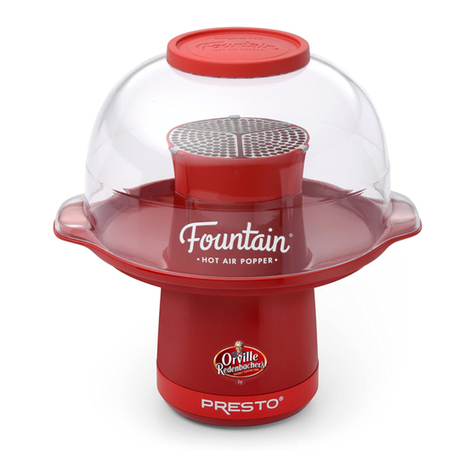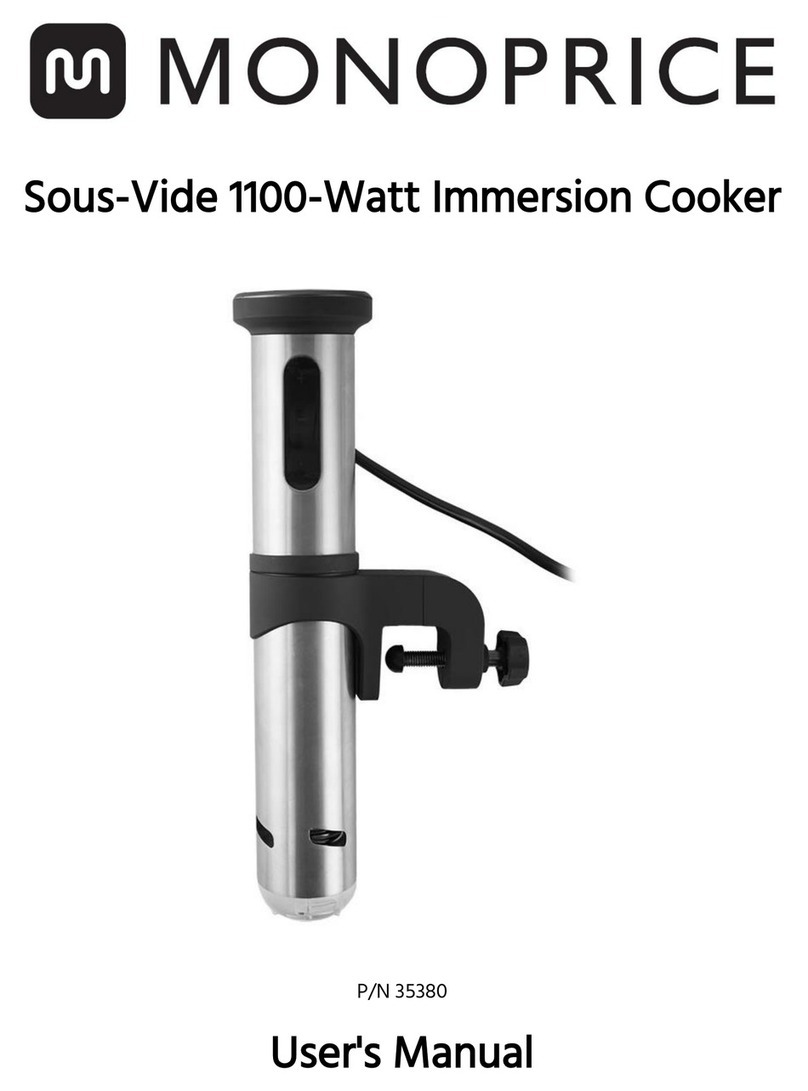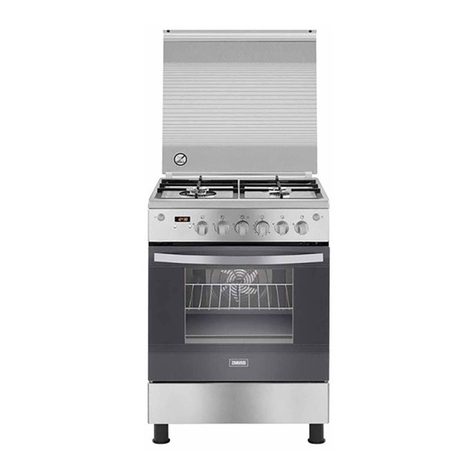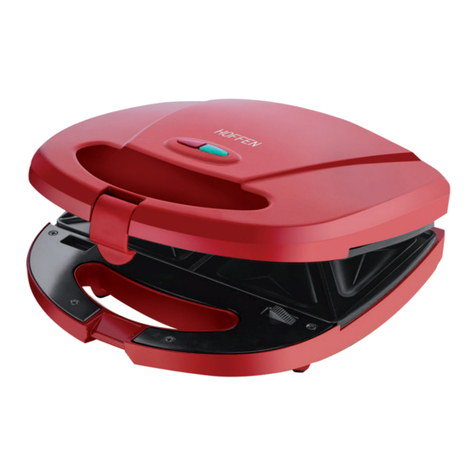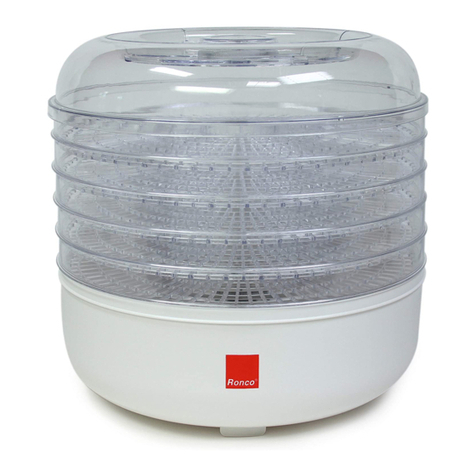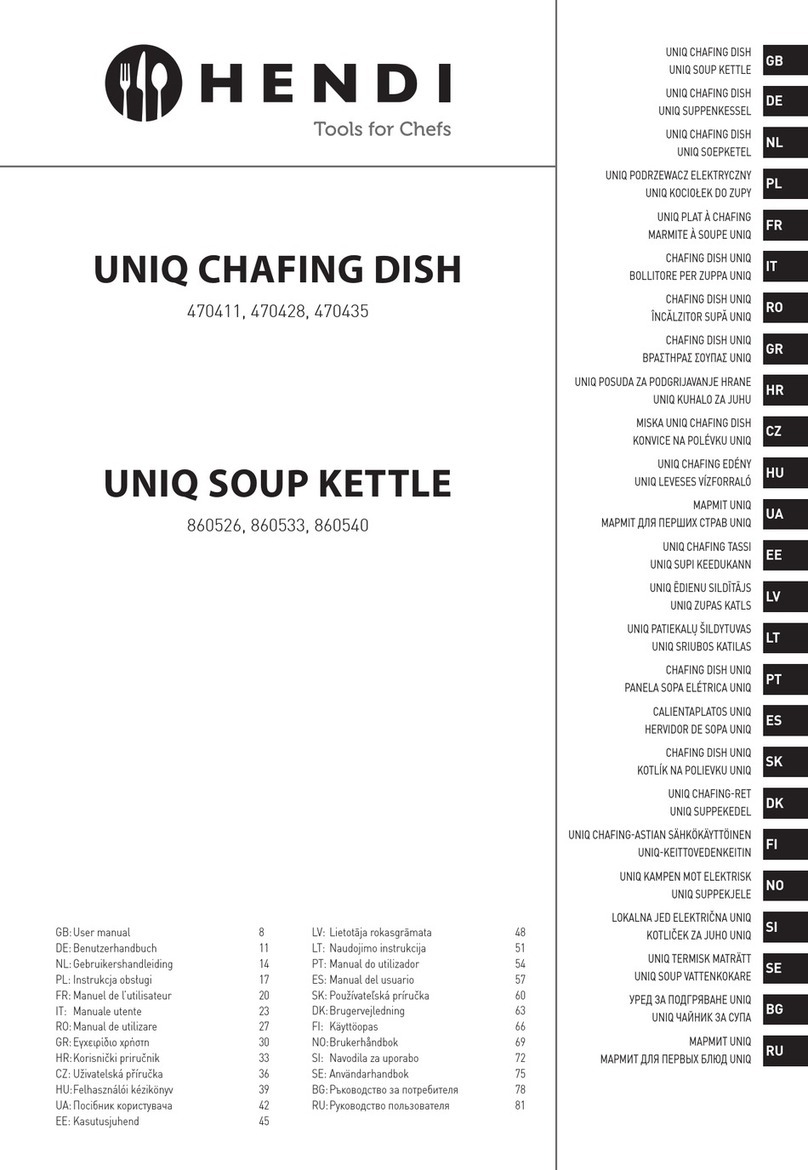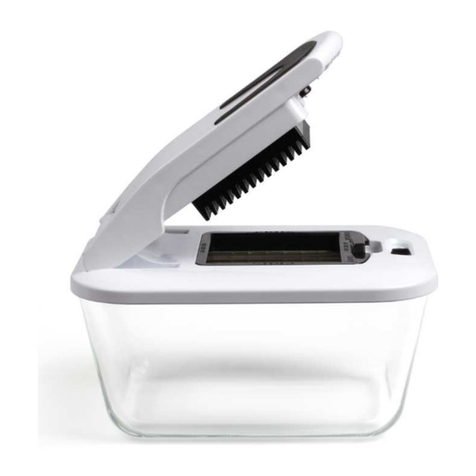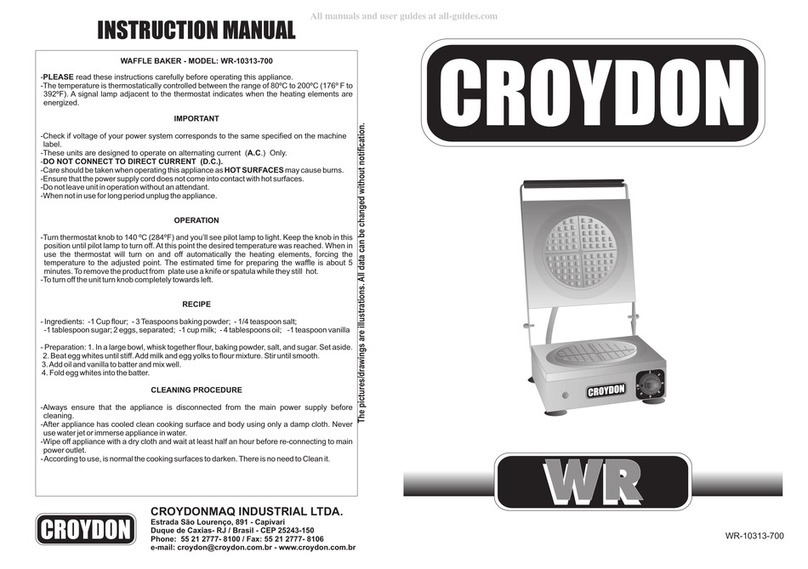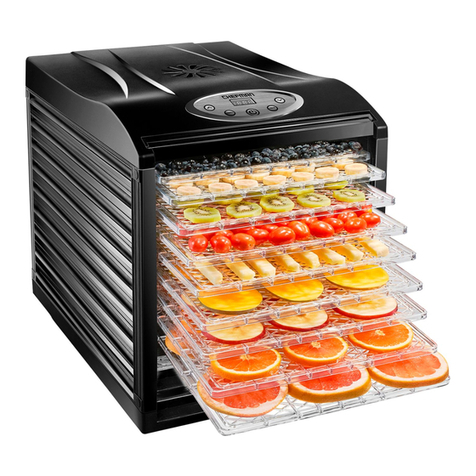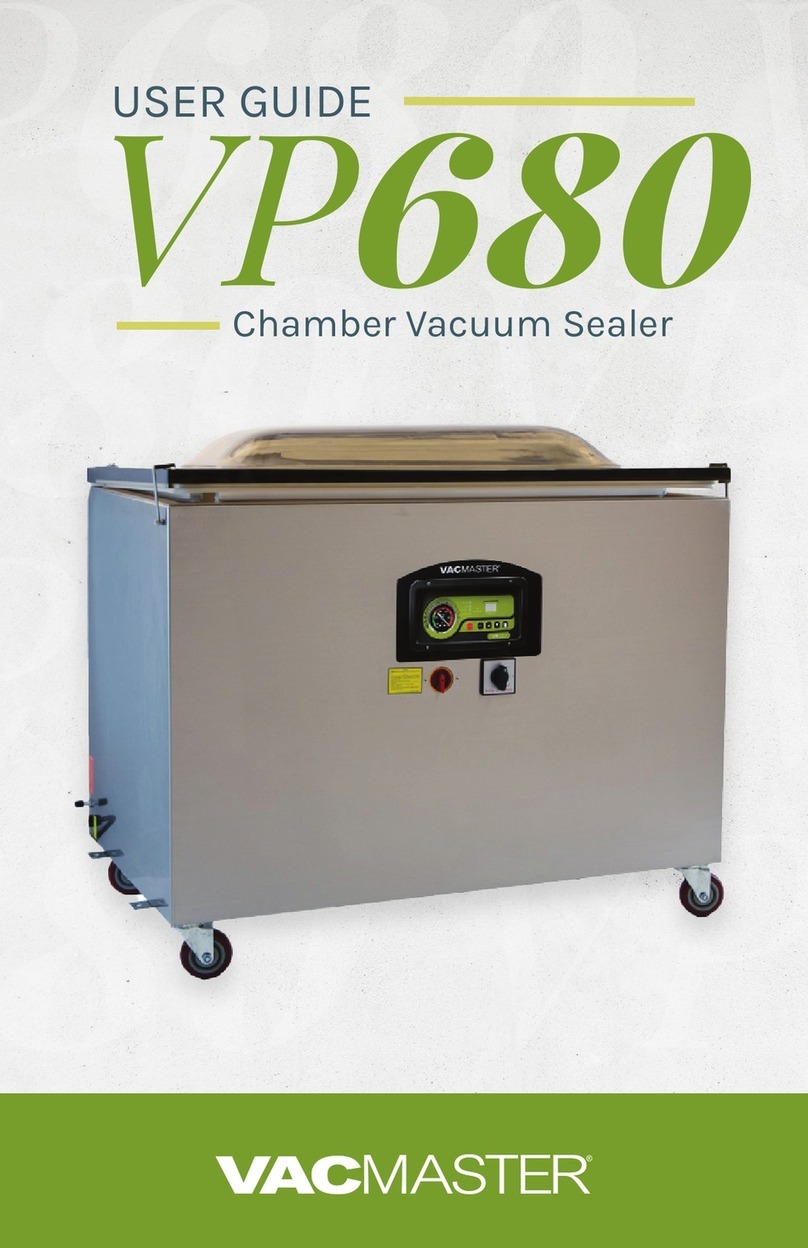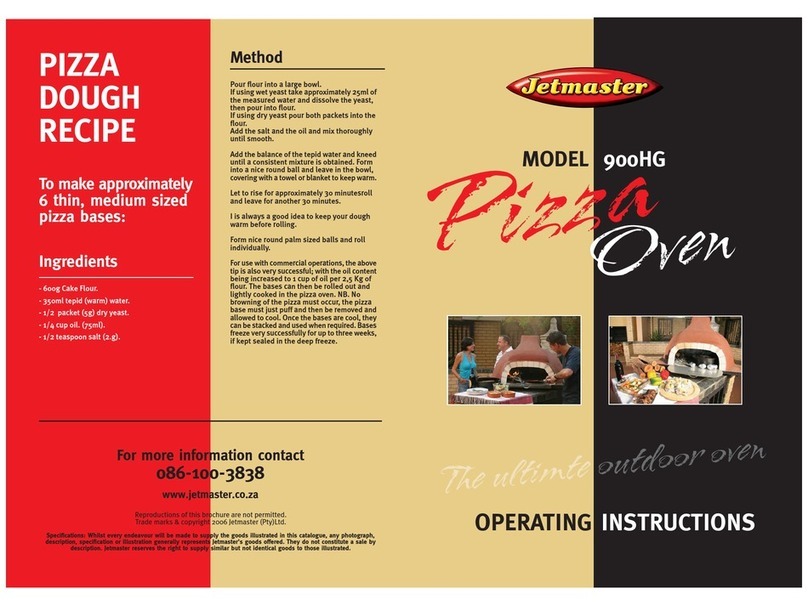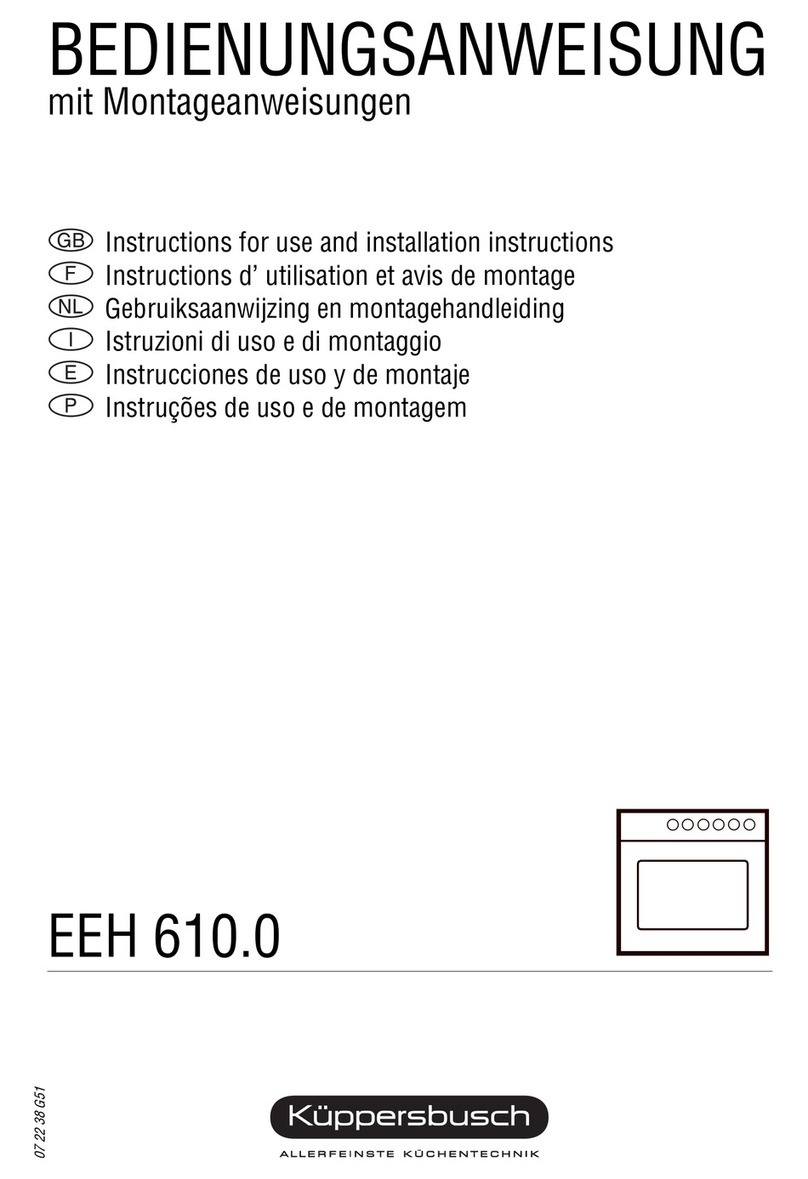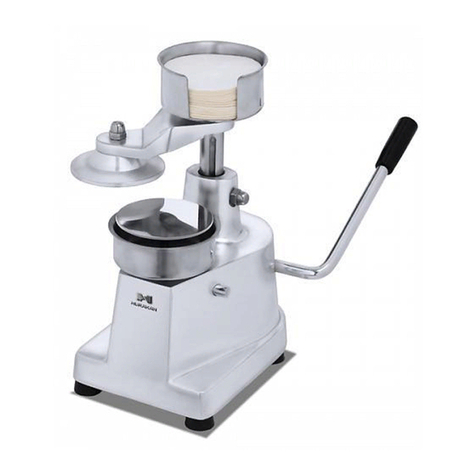
2
CONTENTS
SAFETY WARNINGS AND GUIDELINES ................................................................................................................... 3
INTRODUCTION............................................................................................................................................................................ 5
CUSTOMER SERVICE................................................................................................................................................................6
PACKAGE CONTENTS.............................................................................................................................................................6
PRODUCT OVERVIEW............................................................................................................................................................. 7
Top Panel .................................................................................................................................................................................. 7
Main Body................................................................................................................................................................................8
OPERATION .....................................................................................................................................................................................9
Creating Custom-Sized Vacuum Bags............................................................................................................. 9
Vacuuming and Sealing a Bag..............................................................................................................................10
Vacuuming an External Canister ......................................................................................................................... 11
Auto Marinate Function ............................................................................................................................................ 12
CARE AND CLEANING.......................................................................................................................................................... 13
HELPFUL TIPS AND HINTS ................................................................................................................................................ 13
TROUBLESHOOTING..............................................................................................................................................................15
Nothing Happens When Trying to Vacuum Seal ................................................................................. 15
Air is Still in the Bag After Vacuuming.......................................................................................................... 15
STORAGE GUIDE .......................................................................................................................................................................16
Refrigerated (+41° ±3.5°F).........................................................................................................................................16
Room Temperature (+77° ±3.5°F) .......................................................................................................................16
Frozen (+0° ±3.5°F)...........................................................................................................................................................17
SPECIFICATIONS .......................................................................................................................................................................18
REGULATORY COMPLIANCE..........................................................................................................................................18
Notice for FCC....................................................................................................................................................................18
Notice for Industry Canada..................................................................................................................................... 19




